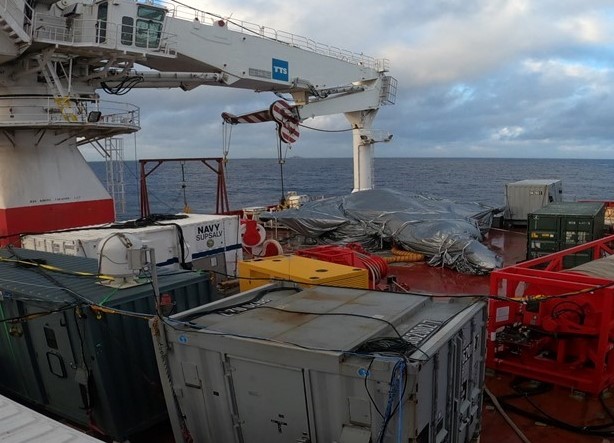Now, to my naval aviator friends here...the FNAEB will make a recommendation on the pilots future...with this kind of report, what would that "probably" be? Any educated guesses from past accidents?
The mishap pilot kept his wings but is no longer is flying status.
For those not familiar, regarding the SHB, there is real utility in the maneuver (when perfectly executed, you are calling the ball at the exact moment the deck goes clear from the preceding launch), but in reality it's done because it's just really cool.
As an A-6 guy, we were usually stacked above the F-14 and F-18s during a case I (daytime) recovery, so we were rarely the first to break the deck, but got to do it once in a while. Being the lowest planes in the stack means you need to "hawk the deck" , watching the ongoing launch, and working your timing so that you are landing very shortly after the last plane launches, so you don't waste deck time. Usually that means when the last few planes are setting up to launch, you go 5 miles aft of the ship, drop down to 800' and turn in, plan to be overhead the ship when the last plan is on the cat. If you do it right, you are in the groove right after a clear deck.
A truly SHB means 400 kts +, and a 7g turn at the fantail (standard procedure is to break around 1 nm upwind of the ship). That results in staying at idle, trying to get dirty and slow down, not getting to onspeed till you're in the groove. There is a lot going on very quickly, still in a high AOB turn, still fast, looking up/left at the ship while descending and slowing and trying to make it all work out when you roll wings level behind the ship. What you normally have ample time to complete now needs to be done in seconds.
That is background for understanding this mishap. This pilot got behind the aircraft, lost SA, and missed a landing checklist item. When he realized what was going on it was too late.
As a result of this mishap, the procedures have been changed to make landing in auto mandatory. That is what they mean when they say "NATOPS is written in blood"

 news.usni.org
news.usni.org

